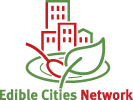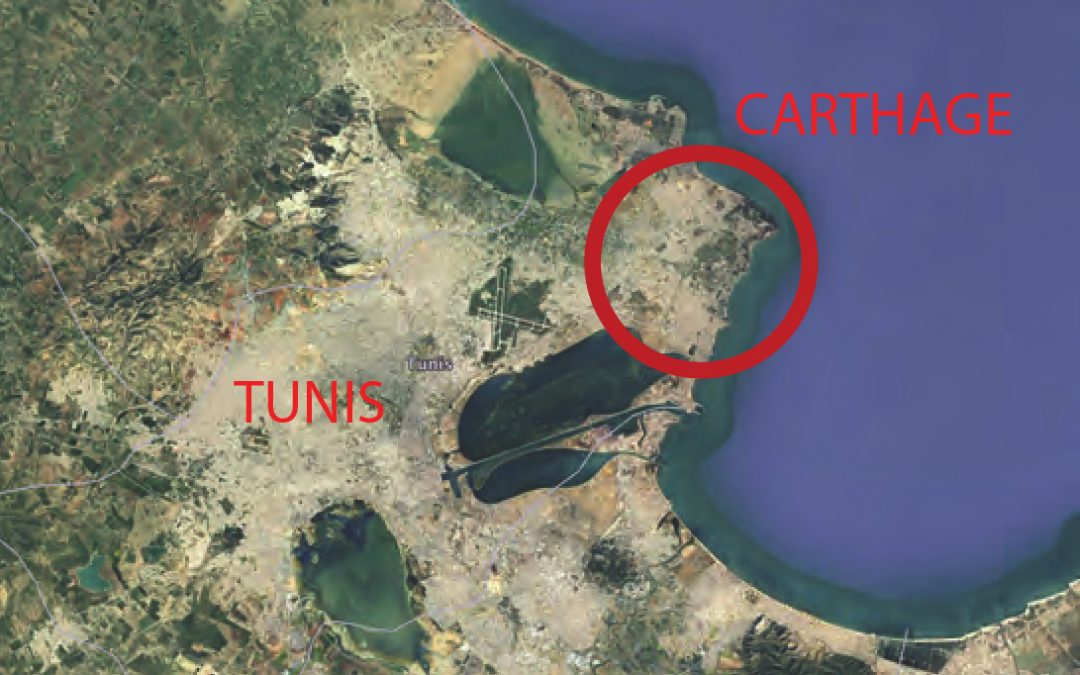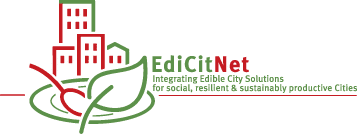Project partner University of Brighton (UoB) began their consultancy and design research with the Tunisian City of Carthage in a first (online) co-design meeting. This Spring, UoB have joined the Carthaginian city team – consisting of local council representatives, research institutes and interested citizens – to co-develop with the local community a series of maps as a tool to identify strategies for urban food planning as well as a method to capture, systematise and visualise those strategies.
UoBs work will build on long-running investigations by members of the city team into the characteristics of their local food system that were brought together recently by work package 4 leads BOKU University Vienna.
Representatives of the city team informed us that Carthage, known to many for its rich and multi-layered history, ‘… is an integral part of a large metropolis, Greater Tunis, which is endowed with a development plan known as the ‘Grand Tunis Development Master Plan (SDAGT)’… dating from 2005… In 2018, a study was commissioned by the Urban Agency of Greater Tunis for the revision of this plan. The white paper published in this context provides for a programme to promote urban and peri-urban agriculture in Greater Tunis by 2040…’ This is of great interest to us, especially as the city team further informs that it goes – or should go – hand in hand with Carthage’s Urban Development Plan, dating from 2006, which is currently under review. It plans ‘to maintain the existing green areas with the use of some land for agriculture. A transition in an edible way is also envisaged’.
The UoB will conduct its co-design work with the Carthage city team as part of BOKU’s transition pathway method by visualising Carthage’s unique characteristics in a map that makes the city comparable to other cities within the EdiCitNet project. We will then branch out into developing food-focused opportunity maps that will eventually inform the city’s strategic masterplanning.



